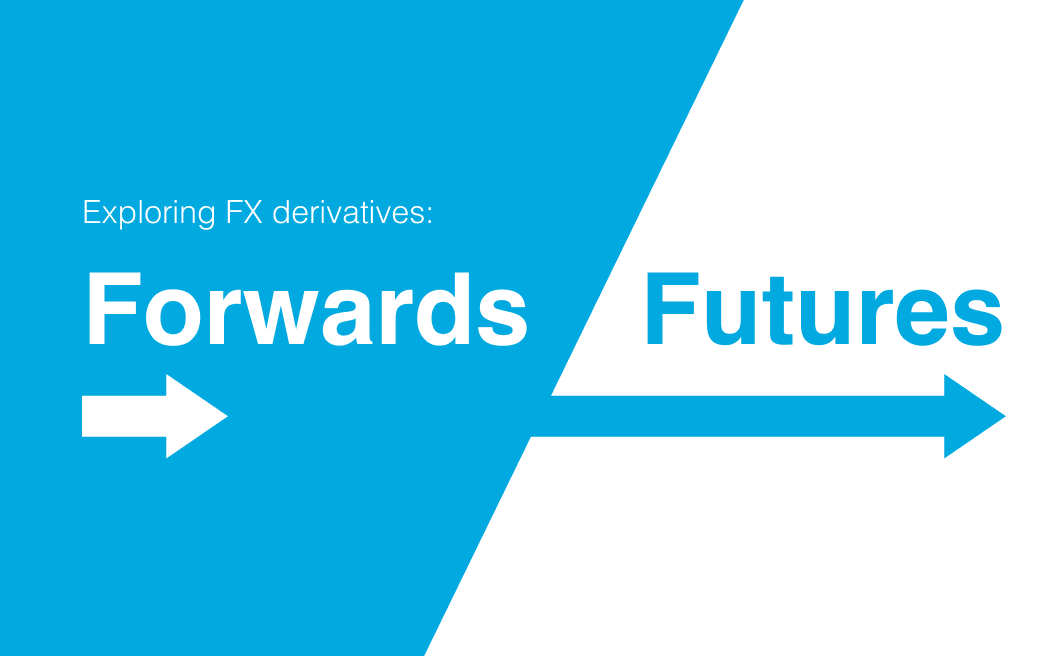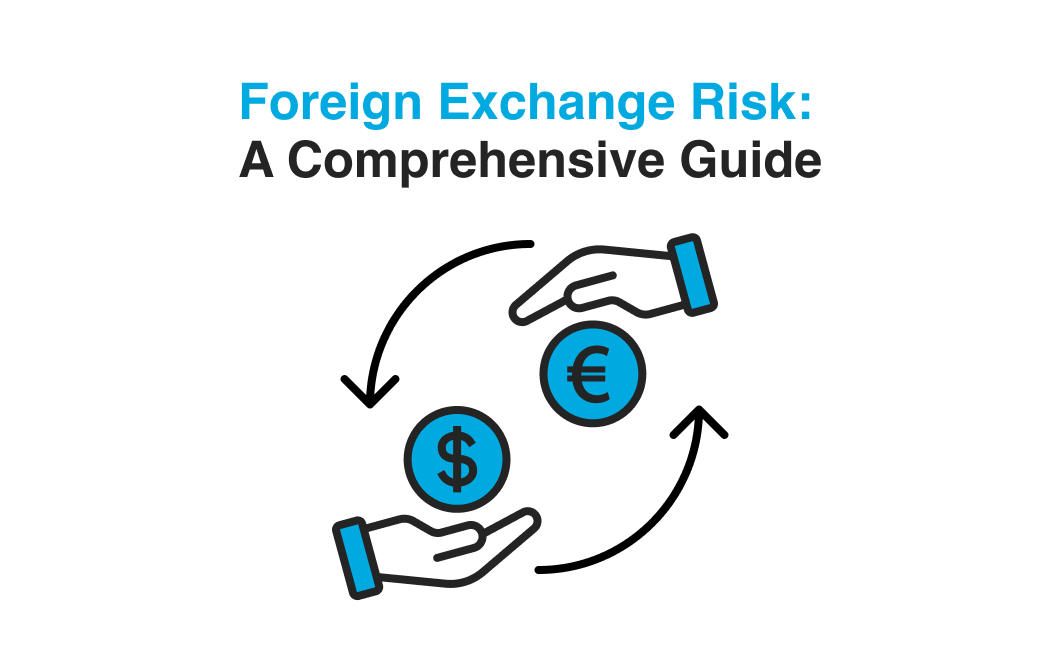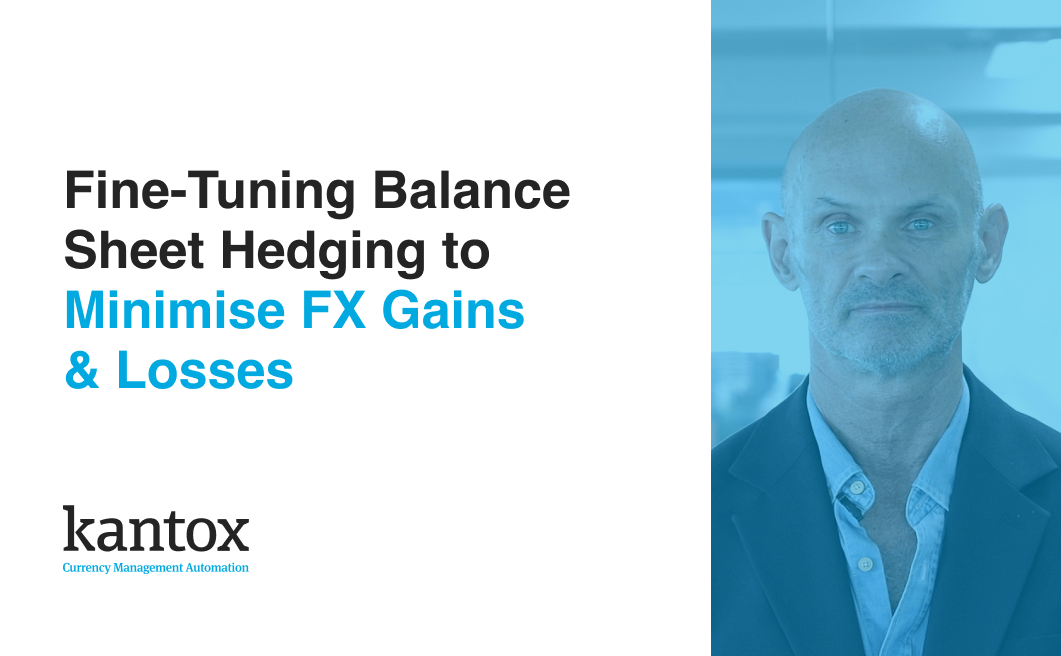Discover essential FX hedging strategies and currency management best practices from our foreign exchange experts.
How to reduce trading costs when managing FX exposure
Reduce trading costs when hedging your firm’s currency exposure — and do it in a smart way! In this article, we’re going to discuss the trade phase of the FX workflow, when risk managers actually execute the financial derivatives transactions to hedge currency risk.
A great wave of innovation…
A recent HSBC survey shows that, in the past three years, multilateral trading platforms such as 360T and others have established themselves as the norm for corporate FX trading.As many as 69% of treasurers in medium-to-large enterprises say they now use digital platforms most frequently as a channel to execute transactional FX hedges. The range of functionalities they provide is quite impressive. It includes:
- Trading in spot, forwards, NDFs and swaps with hundreds of liquidity providers
- Automated trade and data requests via API
- Transparent pricing
- Diversification to lower counterparty risk
- Ability to select preferred liquidity providers
- Complete trade history and audit trail
- 24/6 execution capabilities
- Conditional orders setup with order management tools
- Automated trade confirmation by API or email
- ‘Best price execution’ functionality that puts liquidity providers in competition with one another
This last feature —best-price execution— is the best-known and surely the most influential, primarily because it facilitates real-time price comparison between a host of different liquidity providers by putting them in fierce competition with each other —including banks, dealers and brokers. As Kantox’s CEO Philippe Gelis puts it, this feature has resulted in a spectacular “compression of FX spreads”.
…but key challenges remain in place
Make no mistake, the reduction in trading costs is unambiguously good news for companies as they seek to perform their currency management-related tasks. However, there remain two important hurdles to tackle:
1. While the execution of trades itself is automated, members of the finance team still need to manually:
- Input the trades into the platform
- Select the liquidity provider of their choice
- Confirm the trades
2. The all-important integration with the trade phase of the FX workflow needs improvement. While ‘best-price execution’ is guaranteed, the real value of risk management lies elsewhere. For example, the treasury team has decided to execute trades once a fortnight. We know that ‘best-price execution’ is guaranteed. But the more relevant question is: “ Is this the right time to trade if you want to smooth out the FX rate?”
Conclusion: an excessive fixation with trading costs
The obsession with lower spreads, or trading costs, is unwarranted. Going forward, treasurers will care less about paying 9 bps instead of 10 bps if the right automated hedging program can easily and efficiently handle a 2% move in the exchange rate. The real value proposition of multilateral trading platforms lies elsewhere: they are an integral part of the seamless, end-to-end management of corporate currency workflows that Currency Management Automation solutions provide.
This automation process comes with an added bonus: Application Programming Interfaces ensure that data can flow seamlessly between different systems (ERP, TMS) without any need for spreadsheets, reducing operational risks and freeing up valuable treasury resources.











